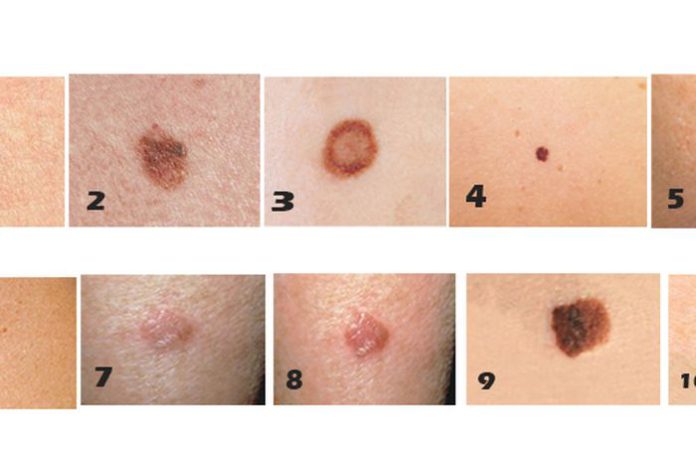Masezza.com – Whether you’re in the sun every day or spend a lot of time outdoors, you’re probably aware of the signs of skin cancer. Although the appearance of sunspots isn’t immediately concerning, it’s an important sign to watch for. Eventually, they can develop into skin cancer, which you should seek medical attention for right away. This article will discuss how to spot signs of skin cancer and how to prevent them.
Most skin cancers can be treated if detected early enough
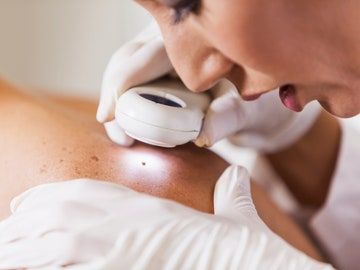
Sunspots are merely a sign of excessive pigmentation on the skin. They look like a mole or a sunburn and feel just like the surrounding skin. This is a warning sign to book an annual skin checkup with a dermatologist, and if your sunspots start changing, you should get a Full Body MoleMap to confirm if they are skin cancer. Fortunately, most skin cancers are treatable if caught early enough, but if your skin is already showing signs of sun damage, you may want to get a full body scan to find out what’s causing the spots.
While basal cell and squamous cell carcinomas are the most common types of skin cancer, they can form anywhere on the body. Typically, they appear on areas of the body that receive the most exposure to sunlight, such as the face and the lower legs of women. However, melanoma can occur on non-sun-exposed areas of the skin. While there are two different types of cancer, basal cell carcinomas are more common and usually occur on areas that are overexposed to the sun.
If left untreated, actinic keratosis can turn into skin cancer
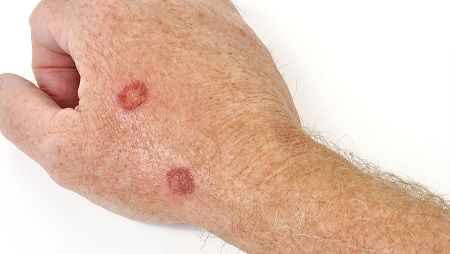
Actinic keratosis is a type of skin lesion that is caused by chronic exposure to the sun. It appears as small, rough, red spots that grow larger and thicker over time. If left untreated, actinic keratosis may become skin cancer. Some people experience multiple lesions in a row. However, they are easy to identify and treat. They may appear on the face or back.
Early detection of sun cancer is key. Early detection can significantly increase your chances of a successful treatment. By avoiding the sun from 10 am to 4 pm, you’ll have a much better chance of preventing the development of sun cancer. With proper protection and regular skin checks, you’ll be sure to catch the signs and symptoms of sun damage before they grow. And remember, sun exposure begins at an early age, and the sooner you detect them, the easier it is to treat them.
Skin cancer can develop anywhere on the body
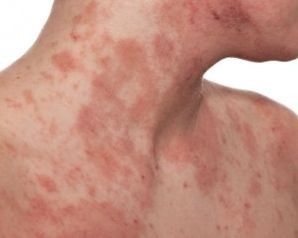
If you’re not aware of your sunburns, the signs of skin cancer may be subtle or even invisible. Some of the most common types of skin cancer are basal cell carcinoma and melanoma. Skin cancer can develop anywhere on the body. It may also appear as a spot or a mole. The most important thing is to get yourself checked regularly to protect yourself and others from this disease. You never know when it could strike you.
Melanoma is the most serious type of skin cancer
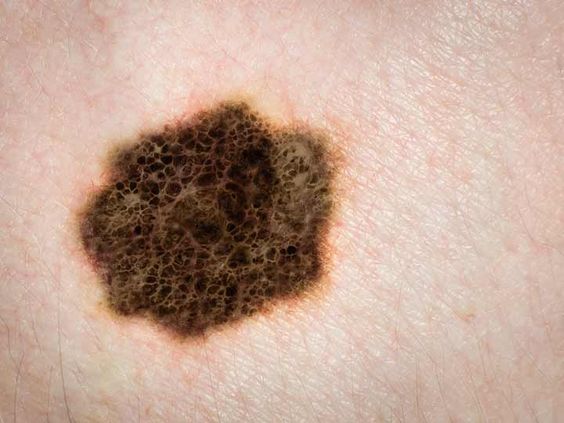
You can also get skin cancer on parts of the body that are not exposed to sunlight. The soles of your feet, the underside of your fingers, and the back of your neck can all be areas to check. Using a mirror or asking someone else to check your skin is important for your overall health. Melanoma is the most serious type of skin cancer. It can appear on any part of the body and can be anywhere from mild to serious.
Kigelia Africana is an Indigenous Medicinal Plant from South Africa. Kigelia cream contains Kigelia Africana fruit extract, Vitamin E, Grapeseed oil, and a non-paraben and petroleum-neutral base. This cream is effective for treating a variety of skin problems, including sunburn, sores, and sunburn. It even promotes wound healing. But if you have a lot of sun damage, you should take measures to prevent it.

